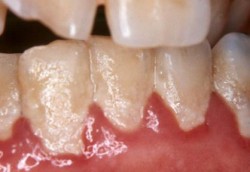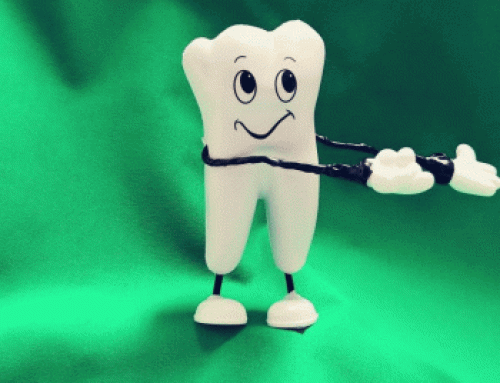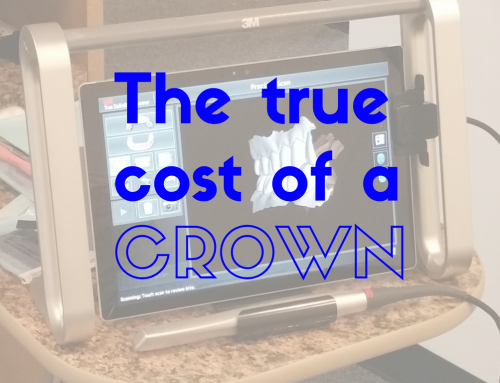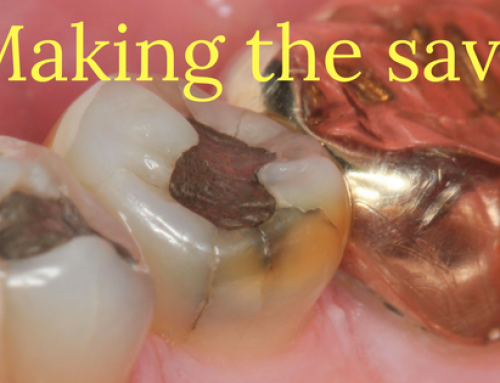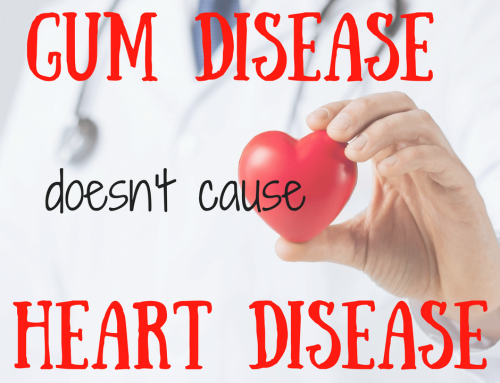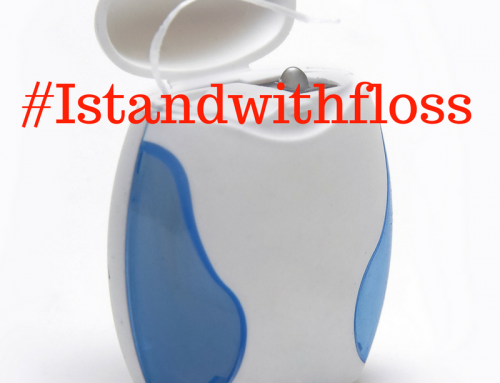You brush your teeth to get the plaque off of them, right? And if you remove the plaque then you won’t get cavities, right?
Um…kind of.
The model dentistry has been explaining to patients forever is that plaque causes cavities and that if you can just remove the plaque then you’ll have healthy teeth. Unfortunately, it’s really not that simple.
Unless you’ve just had your teeth cleaned, like 2 minutes ago, your teeth are actually covered in a biofilm. It happens if you brush three times a day and floss like a maniac or if you haven’t seen a toothbrush in years. Biofilms form on most any surface that’s wet. Slime on the hull of a boat, coated rocks in a stream and the plaque covered surface of teeth are all examples of a biofilm.
Biofilms are actually microscopic communities of bacteria and the slimy matrix they make to stick to surfaces. A biofilm will “mature” over time and then spread. The plaque that dentists and hygienists talk about is actually a biofilm that’s large enough to be seen with the naked eye. Dental plaque/biofilm is actually made up of many types of bacteria. Some of the bacteria (Streptococcus mutans, for instance) found in this biofilm are the bad guys that can eat sugar and turn it into acid which can then cause tooth decay. Other bacteria (Streptococcus sanguinis) found in the plaque are actually known to make the biofilm less hospitable to the acid loving bacteria. So it doesn’t necessarily follow that biofilm = cavities. Someone who does a good job of brushing and flossing will generally keep the size of the biofilm smaller and potentially makes the biofilm “healthier” by increasing the % of bugs that don’t produce acid.
O.K. Doc…I’m following you. Not all plaque is bad plaque. So why can’t they get rid of the bad bugs and leave the good bugs? Well, I’m glad you asked! There was a preliminary study out of UCLA about a mouth rinse that can do just that! Since it’s a preliminary study that means that real clinical trials to prove efficacy haven’t been done. They have some promising results on a small group of patients treated with a mouth rinse that can supposedly target S mutans (the bad bugs) in the plaque. According to one article there will be clinical trials starting in 2012.
In the mean time, we need to fight those bugs the way we do now!
If you like this post, I’d love to hear about it! You can share any Mead Family Dental post with a “Like” on Facebook, a “+1” on Google+ or you can even “Tweet” it with Twitter! All you need to do is hover over the heart shaped button next to the title of the post. Or you can leave a comment by clicking on the balloon shaped icon next to the title.
If you’re looking for a dentist in Saginaw, we’re always happy to accept new patients! You can request an appointment online or call the office at (989) 799-9133. And, as always, you can email me at alan@meadfamilydental.com. I always answer my own emails!



